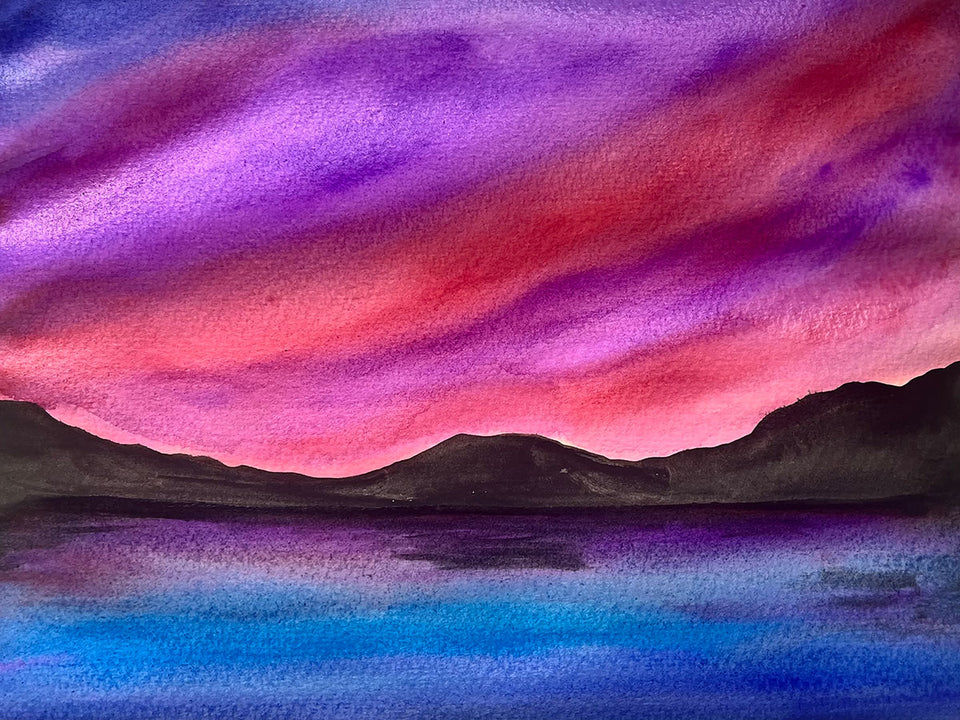
Over the past week the skies over New Zealand and beyond treated star-gazers to a breathtaking spectacle as we experienced the largest solar storm in decades. It was a special treat for those who love photography and painting!
The National Space Weather Prediction Centre sounded the alarm with the first severe geomagnetic storm watch in two decades, triggered by a series of solar flares and coronal mass ejections that commenced midweek. Social media platforms became awash with dazzling snapshots of the auroral displays, each exhibiting a unique palette of colors dictated by geographical location and atmospheric composition.
In Aotearoa, the predominant hue of the auroras was a striking magenta, a departure from the customary green tones witnessed in the Northern Hemisphere. Known as the aurora australis in the southern skies, this celestial phenomenon mirrors its northern counterpart, the aurora borealis, with its awe-inspiring luminosity.
NASA tells us the colours of auroras are a consequence of the interaction between solar particles and atmospheric gases. Oxygen, the predominant element in Earth's atmosphere, manifests as the familiar greenish-yellow glow or, under specific conditions, a striking red. Nitrogen, another constituent, contributes shades of blue, purple, and pink to the celestial canvas. Remarkably, ultraviolet light emissions, imperceptible to the naked eye, are captured by specialised satellite cameras, enriching our understanding of these cosmic ballets.
The recent May 2024 storm, reminiscent of the notable 2003 event, surprised many with its intensity and the clarity of the night sky, inviting both seasoned observers and casual onlookers to marvel at nature's grandeur.
Our Paintvine team was so inspired by the dazzling colours in the sky, that we have created a watercolour homage, where we will guide you step-by-step how to paint an aurora. Get your tickets here to experience the fun and fluidity of watercolour, and create your very own aurora artwork!

